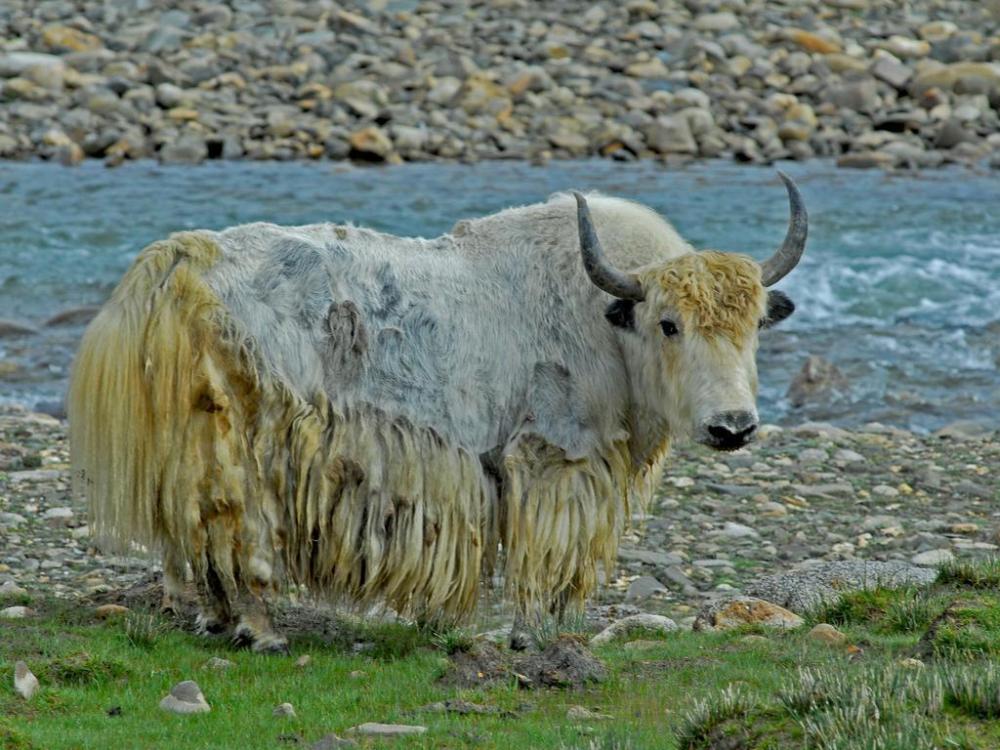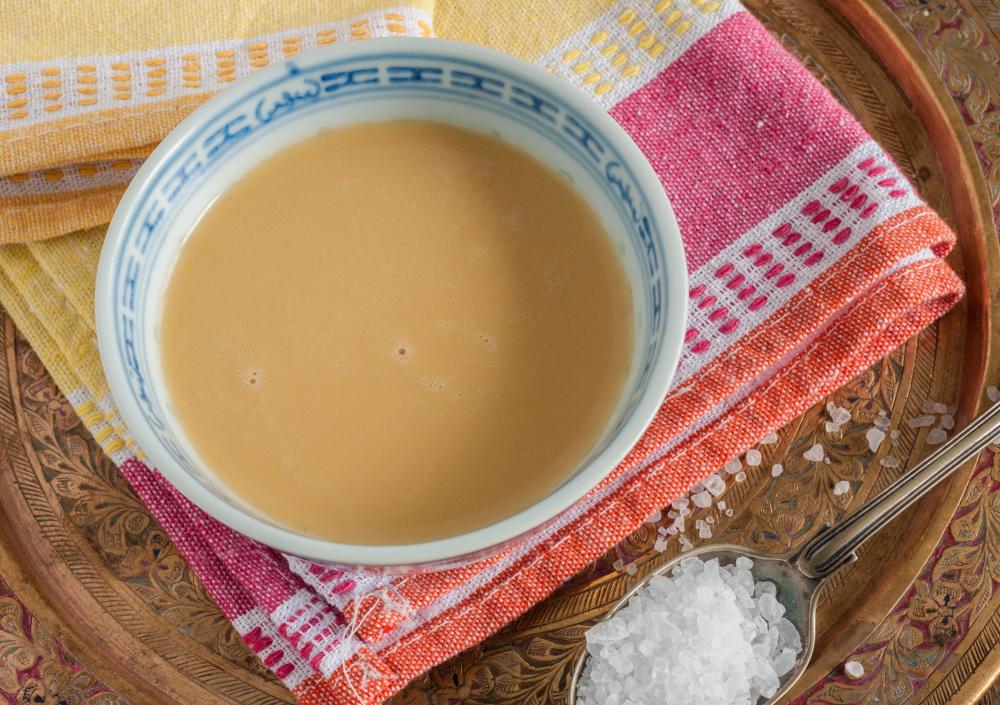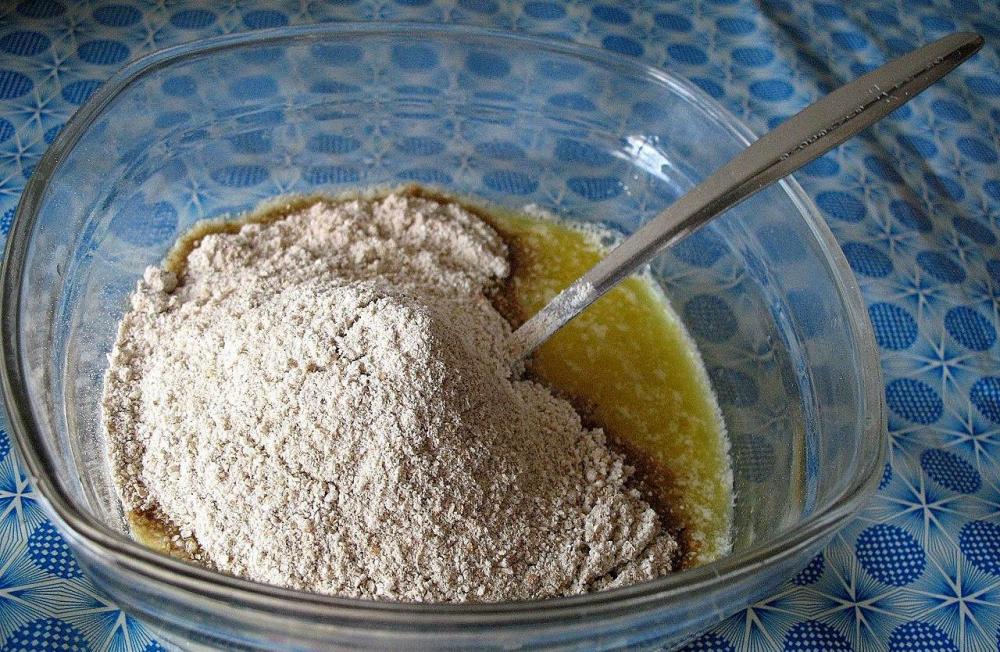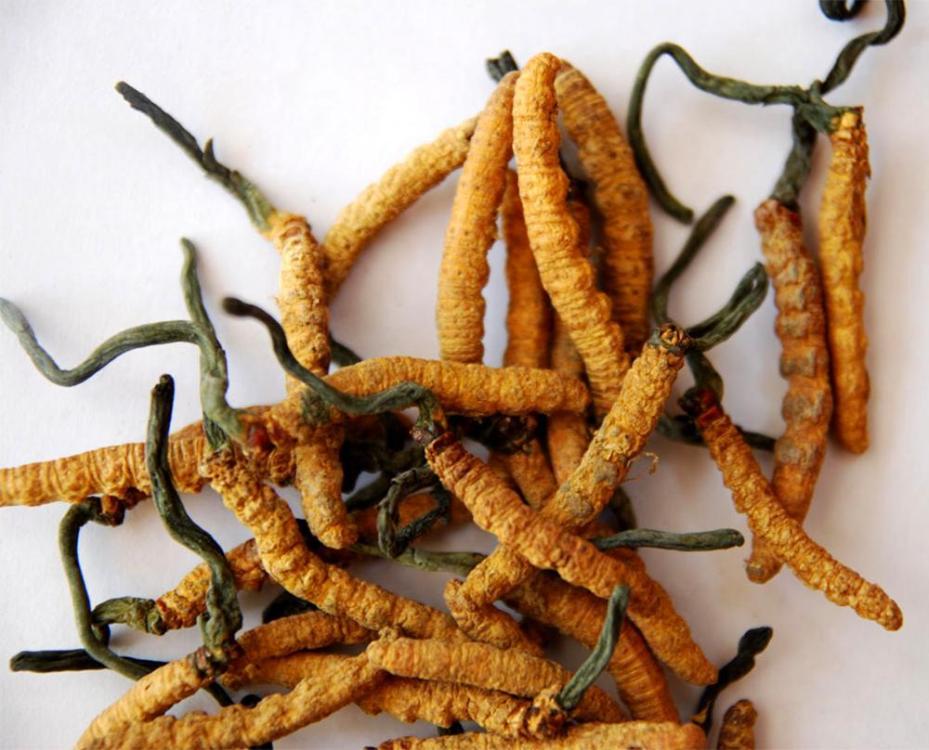藏菜 (zàng cài) / Tibetan: བོད་ཀྱི་ཟས་མཆོག, Tibetan (西藏) Cuisine Part One
Cue the Mississippi Sheiks’ Sitting on Top of the World and sit back.
藏菜 (zàng cài), Tibetan cuisine is one of the least well known, even within China. Internet information is sparse and often inaccurate. There are very few Tibetan restaurants outside Tibet itself. There are a few in Beijing, of which again few are authentically Tibetan. There are no Tibetan restaurants in this province, so far as I can determine.
So, I have little experience of the cuisine, although some years ago, I did go to one of the better Tibetan restaurants in Beijing. I know it was authentic as I was taken there by a Tibetan I knew and trusted.
Tibet, བོད་ལྗོངས། in Tibetan, 西藏 (xī zàng) in Chinese, is overall the highest inhabited place in the world, with an average elevation of 4,500 meters/ 14,750 ft above sea level. The capital Lhasa, Tibetan: ལྷ་ས, Chinese 拉萨 (lā sà) sits at 3,650 m / 12,000 ft. It borders India, Nepal and Bhutan to the south and south-west. It also borders Yunnan, Sichuan, and Gansu to the west, and to the north are Qinghai Province and the Xinjiang Uygur Autonomous Region. Its population is around only four million, but another three million ethnic Tibetans live in neighbouring provinces of China as well as in other countries, especially in India.
The elevation is boosted by the Himalayas on its southern side. Tibetan: ཇོ་མོ་གླང་མ། (Qomolangma), which Chinese borrowed as 珠穆朗玛 (zhū mù lǎng mǎ), is what the west calls Mount Everest, the world’s highest peak at around 8,850 metres / 29,000 feet and so named by Colonel Sir George Everest (1790-1866), British Surveyor-General of India (1830-1843) who, being an entitled imperialist moron, sensibly decided to name it after himself. The peak lies on the border of Tibet and Nepal. In Nepalese, it is सगरमाथा। (Sagarmatha).
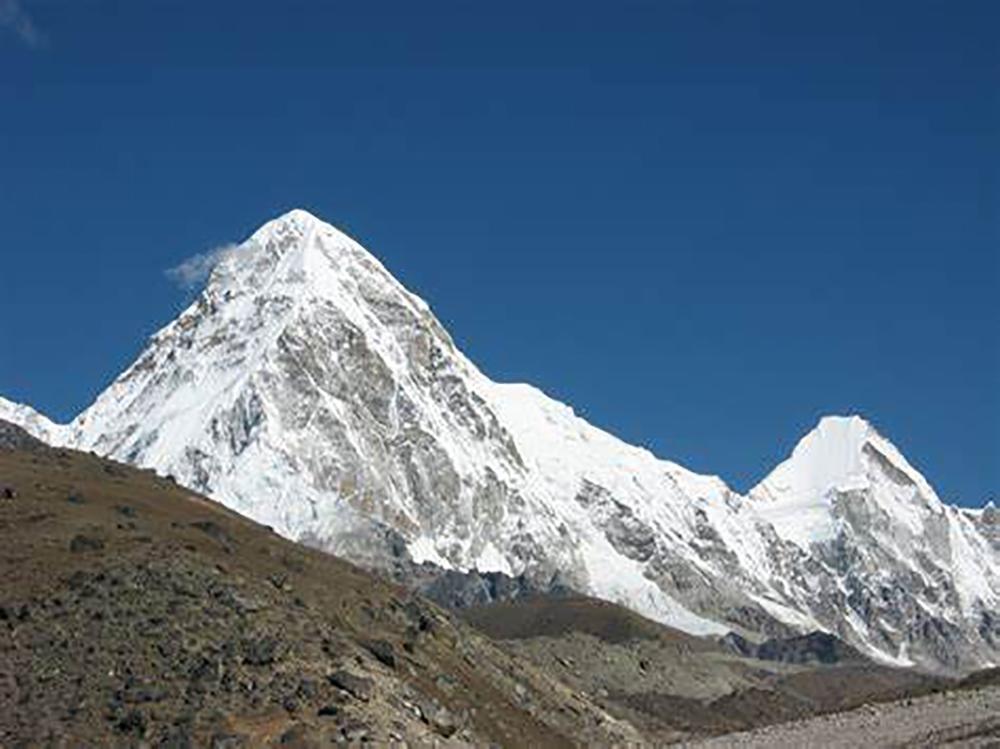
Qomolangma
I have never been to Tibet. Two reasons.
a) It difficult to go. Despite having a residence permit supposedly covering all of China, I still require a separate permit to enter Tibet. This can only obtained by travel agents in certain cities; none where I live. Even those permits can be suspended any moment depending on the political whim of the paranoid communists. Local holidays and anniversaries are a prime target.
b) All travellers there are troubled to some degree by altitude sickness. My idea of an enjoyable vacation does not include gasping for air with every breath.
However, I have seen Tibet (and Everest). Many years ago, when I was much younger and fitter, I did visit Nepal and India and saw them from there. At that time, all of China was closed.
Being so high the land is mainly grasslands and mountains, cool to very cold. Little grows there, so the people, despite their strong Buddhist culture, depend very heavily on meat and dairy products. Many Tibetan Buddhists are not vegetarian as so many people presume; the Dalai Lama states in his autobiography that he eats meat. However, there are rules about what meat they can eat. Only hoofed animals are allowed. Small animals are prohibited as they are seen as wasteful. A rabbit doesn’t feed many people.
Vegetables, until very recently were rare. Main proteins are yak, cattle, sheep, deer, antelopes and gazelles. Fish is extremely rarely eaten. Yak predominates; it is eaten raw, cooked in many ways, dried and as sausages.
Yak - image 51miz.com
Tibetan Yak Sausages
Yak butter is ubiquitous and is used to make ཇ་མར, yak butter tea, a bit of an acquired taste. It's sweet and gamey at the same time, with a creamy milk flavour following it. Yak yogurt is thick and pleasant, thanks to its high fat content.
Tibetan Butter Tea
Their main grain is barley which does grow in these extreme conditions. A roasted barley flour known as རྩམ་པ tsampa in Tibetan, 糌粑 (zān bā) in Chinese is ground into flour which is made into bread cakes and buns, eaten as a breakfast cereal, mixed with yak butter and tea to make a kind of meatball and also made into beer and a type of barley wine called chang.
Tsampa
Mushrooms do grow there, as everywhere. The most important mushrooms economically are caterpillar fungus, Cordysep sinensis and matsutake, tricholoma matsutake, which are harvested from the wild. The locals rarely ear them. Too valuable. Most are exported to Japan where they fetch high prices.
Cordycep sinensis
Tibet has not only influenced its neighbours, but the traffic is two way. Indian curries are found, especially in Lhasa. There is also Nepalese spilt-pea pancakes and several noodle dishes from China.
Next time, I’ll look at some specific dishes.
Note all images are mine or public domain, unless stated otherwise.


